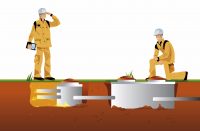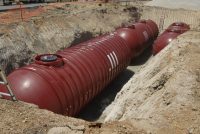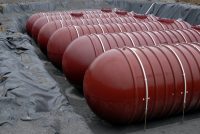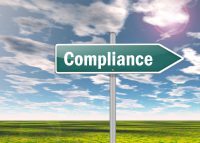How Does Nonattainment Affect Your Facility?
The Clean Air Act required the EPA to develop NAAQS for six pollutants commonly found throughout the United States. These pollutants, referred to as “criteria pollutants,” are: Sulfur dioxide; Particulate matter (PM-10 and PM-2.5); Carbon monoxide; Ozone; Nitrogen dioxide; and Lead. The EPA established a primary and a secondary NAAQS for each criteria pollutant. The […]










